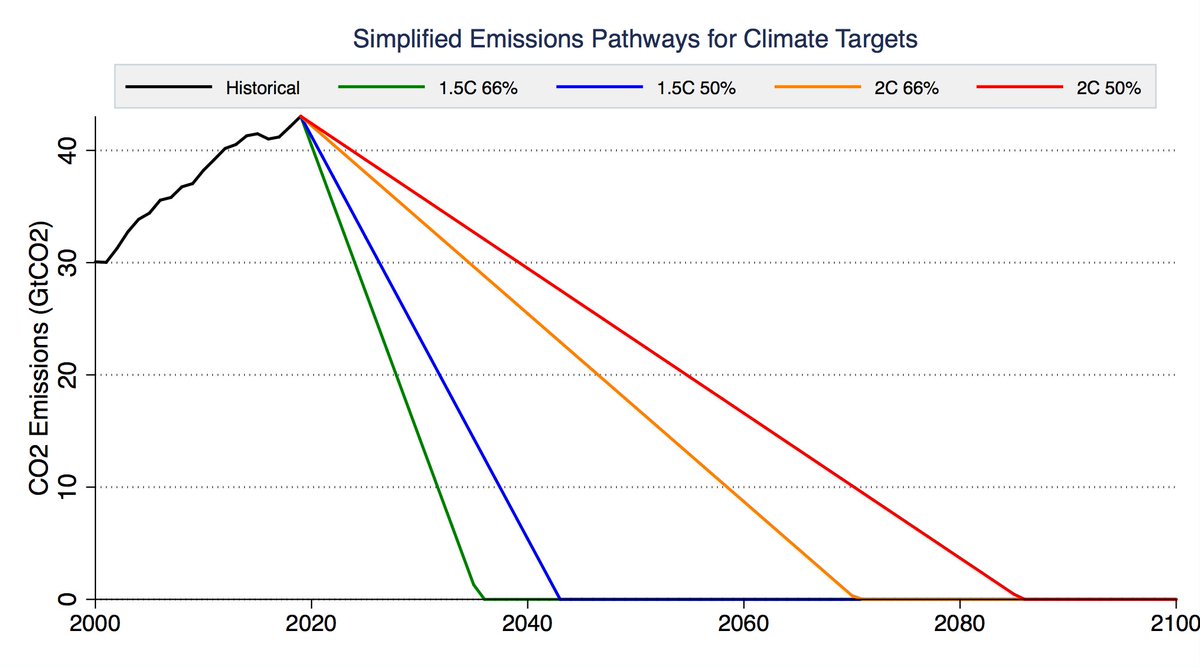
So, this new paper in Nature has a rather misleading statement in the abstract. It says ecosystem restoration could "sequester 299 gigatonnes of CO2—30% of the total CO2 increase in the atmosphere since the Industrial Revolution". 1/3
However, 299 GtCO2 is only ~15% of human emissions (~2000 GtCO2) since the industrial revolution.
Sequestering 299 GtCO2 would only reduce atmospheric CO2 concentrations by 15%, not 30%. The airborne fraction that applies to our emissions also applies to negative emissions. 2/
Sequestering 299 GtCO2 would only reduce atmospheric CO2 concentrations by 15%, not 30%. The airborne fraction that applies to our emissions also applies to negative emissions. 2/
This is the same mistake that the Bastien et al paper in Science made last year, conflating sequestration potential with the perturbation of atmospheric CO2 without accounting for sinks. 3/3
Here is the paper in question nature.com/articles/s4158… @MWClimateSci
(Clarification: would only reduce the human perturbation of atmospheric CO2 concentrations; we're not talking about the preindustrial 280 ppm portion here)
• • •
Missing some Tweet in this thread? You can try to
force a refresh




